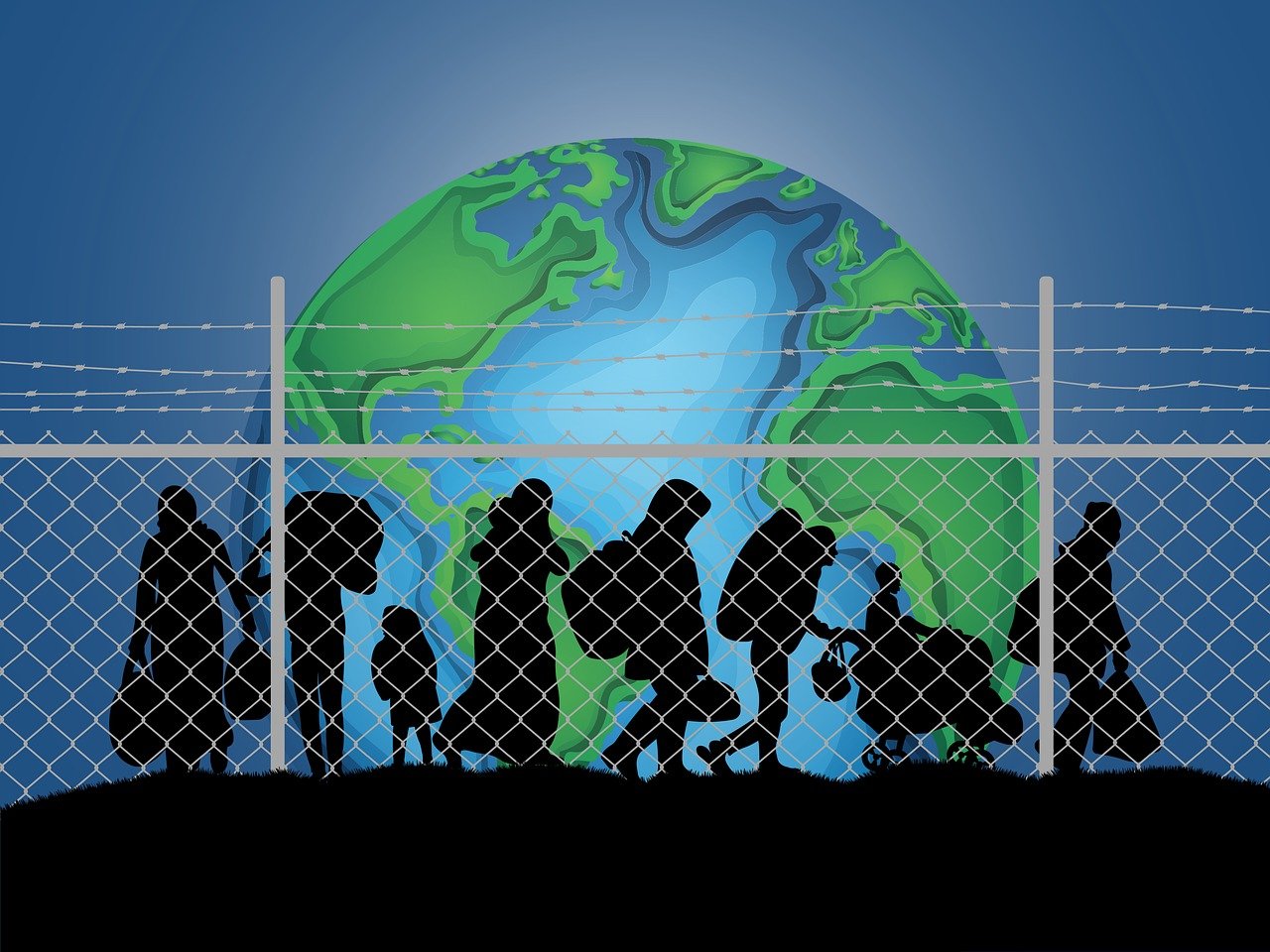Brussels, 14 May 2024
Today the Council adopted a landmark reform of the European asylum and migration system. This establishes a set of rules that will help to manage arrivals in an orderly way, create efficient and uniform procedures and ensure fair burden sharing between member states.
The asylum and migration pact will ensure a fairer and stronger migration system that makes a concrete difference on the ground. These new rules will make the European asylum system more effective and increase solidarity between member states. The European Union will also continue its close cooperation with third countries to tackle the root causes of irregular migration. Only jointly can we find responses to the global migration challenge.
Nicole de Moor, Belgian State Secretary for Asylum and Migration
Complete overhaul of EU asylum and migration system
The Council today adopted in total 10 legislative acts which reform the entire European framework for asylum and migration management.
The screening regulation will allow national authorities to refer irregular migrants and asylum applicants at an external border to the relevant procedure and will make sure that identification, security and vulnerability checks and health evaluation are carried out in a uniform way.
The new rules regarding the updated Eurodac database will allow to gather more accurate and complete data (also biometric data) on various categories of migrants, including applicants for international protection and people arriving irregularly in the EU. This will help inform policy making and enhance the control of irregular migration and unauthorised movements.
The asylum procedure regulation streamlines the European asylum procedure and introduces a mandatory border procedure in well-defined cases. The return border procedure regulation deals with the returns of people whose application in this border procedure is rejected. The asylum and migration management regulation determines which member state is responsible for the examination of applications for international protection and for the first time introduces a fair sharing of responsibility among the member states. Thanks to the crisis regulation the EU will be better equipped to deal with asylum applications in exceptional circumstances.
The qualification regulation and reception conditions directive lay down uniform rules for the criteria for granting international protection and the standards for the reception of asylum seekers. This should also help to reduce secondary movements between member states.
Finally, the resettlement regulation deals with legal and safe pathways to the EU by establishing common rules for resettlement and humanitarian admission.
Border procedure
A major new feature of the reform is the mandatory border procedure. This procedure will apply to certain categories of asylum seekers (for instance those coming from countries with low asylum recognition rates). The aim of the procedure is to make a quick assessment at the EU’s external borders of whether applications are unfounded or inadmissible. People in the asylum border procedure are not authorised to enter the territory of the EU.
Responsibility and solidarity
The new rules clarify which member state will be responsible for an asylum application (for instance in cases where a person has a family member in an EU country or when the asylum request is not made in the country where the asylum seeker first arrives in the EU).
Another important aspect of the migration system reform is the introduction of a solidarity mechanism to ensure a fairer sharing of responsibility. The new rules combine mandatory solidarity to support member states dealing with a strong influx of migrants with flexibility as regards the type of contributions. Member states’ contributions can consist of relocations, financial contributions or, where agreed with the benefiting member state, alternative solidarity measures (e.g. providing border guards or helping with the deployment of reception centres).
Management of crisis situations
In order to better deal with situations of crisis (mass arrivals and instrumentalisation) and force majeure, member states can derogate from certain rules and request enhanced solidarity from other EU countries. Possible derogations apply for instance to deadlines for registering asylum applicants and the duration of the border procedure.
The crisis mechanism is used only in exceptional circumstances and for the time strictly necessary to address situations of crisis or force majeure. It is subject to authorisation from the Council.
Next steps
Member states will now have two years to put the laws that were adopted today into practice. The European Commission will soon present a common implementation plan to provide assistance to member states in this process.
Background
The asylum procedure regulation, asylum and migration management regulation, Eurodac regulation, screening regulation and crisis regulation are components of the new pact on migration and asylum, which the Commission (Commissioner Ylva Johansson) proposed on 23 September 2020.
The reception conditions directive, qualification regulation and EU resettlement framework were initially proposed in 2016.
Overall agreement between the Council presidency and the European Parliament was reached on 20 December 2023. The details of the texts were further fine-tuned in January and at the beginning of February 2024. The European Parliament adopted the pact on 10 April 2024.
- The Council and the European Parliament reach breakthrough in reform of EU asylum and migration system (press release, 20 December 2023)
- EU migration and asylum policy (background information)
- EU asylum rules (background information)
- Eurodac regulation, 26 April 2024
- Asylum procedure regulation, 26 April 2024
- Regulation establishing a return border procedure, 26 April 2024
- Regulation establishing a resettlement and humanitarian admission framework, 26 April 2024
- Regulation addressing situations of crisis and force majeure, 26 April 2024
- Screening regulation, 26 April 2024
- Asylum and migration management regulation, 26 April 2024
- Regulation on consistency amendments related to screening, 26 April 2024
- Reception conditions directive, 26 April 2024
- Qualification regulation, 26 April 2024
Source – EU Council: Visit the meeting page

